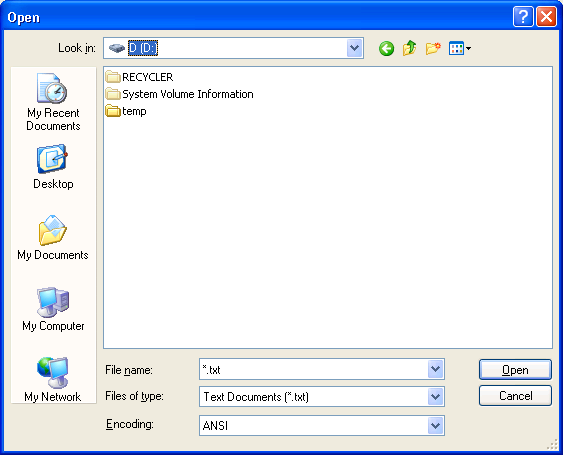

Some people will be using Microsoft's older OS until mid-2022, while others debating if upgrading to Windows 11 is worth it, may keep Windows 10 until support ends in 2025.

The new operating system's gradual rollout means not everyone will get the upgrade right away. Microsoft's Windows 11 operating system started rolling out to eligible devices Oct. Here is how to do that.Using Windows 10? Change these default settings now. If you are using the same Microsoft account on multiple Windows 10 devices but don’t want Windows 10 to sync your desktop wallpaper and theme across all of your Windows 10 devices, you can stop Windows 10 from syncing theme (wallpaper and window border color) across devices. For instance, I prefer to set different wallpapers for all my PCs. The sync feature comes in handy if you prefer to see the same desktop background and other Windows settings on each and every Windows 10 device.īut then some users prefer to customize each of their Windows 10 devices uniquely. The sync feature is turned on by default when a Microsoft account is used for logging in to Windows 10. Now, as you likely know, a desktop theme includes a wallpaper as well as the window color. With default settings, when you use a Microsoft account to sign in, Windows 10 automatically syncs several things to the cloud, including your current desktop theme.

If you have used Windows 8 or 8.1 for some time, you likely aware of some features, but Windows 10 is a whole lot different for users who upgraded from Windows 7 and previous versions.

Windows 10 is very different from Windows 7 and earlier versions of the Windows operating system. RECOMMENDED: Download PC Repair tool to quickly find and fix Windows errors automatically


 0 kommentar(er)
0 kommentar(er)
